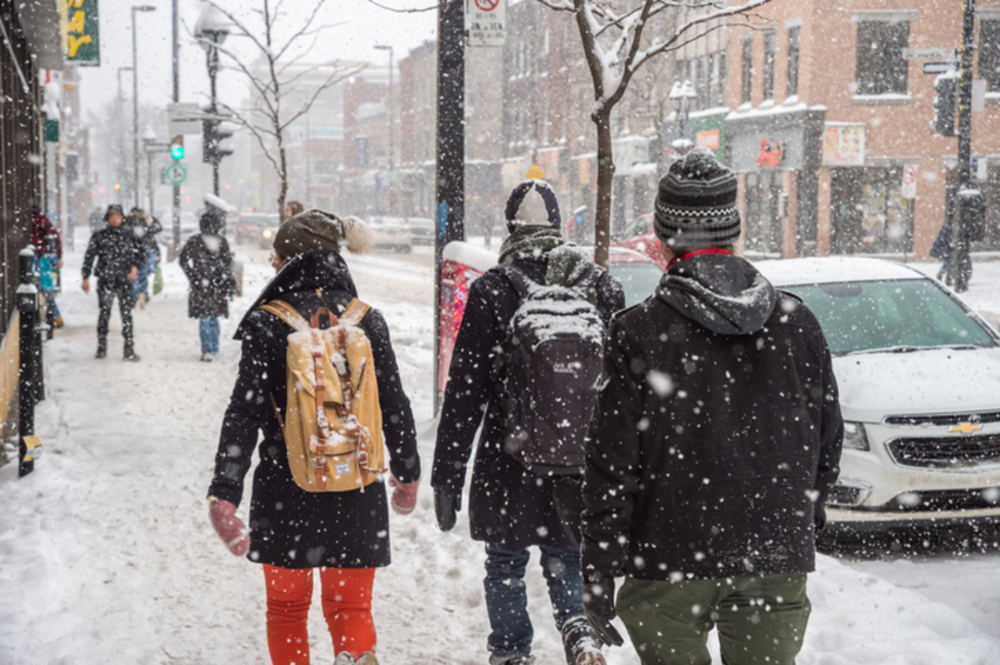Oh the weather outside is…more useful to marketers than you’d think, when armed with the right technology.
This year IBM Watson decided to take a look at how weather can impact holiday season sales. The study revealed key holiday shopping travel trends in major U.S. cities representing different regions of the country, focusing on in-store vs. digital habits, how far consumers are willing to travel for goods, and what types of merchandise they’re willing to travel farthest for.
“This year, we really wanted to take a much more holistic view, not just with digital but with in-store too,” Jay Henderson?, VP, Customer Engagement at IBM, said. “As we started to look at the weather data, you saw some really great correlation with how people were shopping.”
For example – shoppers in northern cities who regularly experience below-freezing temperatures are less likely to head out to the stores in early mornings, when temperatures are especially frigid. Shifts in temperature can also be indicative of seasonal demands, signaling how and when people will shop for warm or cold weather clothing and supplies.
“A lot of these trends are really regional, whether it’s weather, or the urban density,” Henderson said. “In higher urban areas, people are less willing to travel far, and box stores aren’t necessarily available in places like downtown New York.” That’s where you’ll see more travel to department stores and other retailers which aren’t as common in bigger cities, Henderson said.
Context counts
Whatever the weather, understanding regional trends can help marketers craft campaigns that connect with consumers in a way that’s more meaningful.
“A big part of what makes a marketing message relevant is understanding the context – what am I thinking, what am I feeling…and location is one of those variables,” Henderson said.
According to the study, 60 percent of consumers experienced a colder November this year compared to 2016, (which was one of the warmest Novembers on record over the last century.)
What does this mean for marketers? It means demand for winter clothes comes earlier, and retailers need to be armed with promotions and campaigns to match.
Using context can help marketers tap into natural consumer behaviors to deliver deals and promotions that corelate with shopping trends. Some instances include:
In-app and in-store deals: This year, marketers took advantage of in-app deals that corresponded with sales in their brick-and-mortar locations, allowing for shoppers to have a more cohesive customer experience both in-store and online.
Consumer behavior: By understanding how and where consumers shop, marketers can better gauge habits, and cater to their needs. For example, Henderson says, “When I travel, I have different needs when I’m on the road than when I’m home.”
Weather events: Anticipating different weather patterns can help maximize campaigns, especially during the often blustery winter months for certain regions. “Retailers may want to rethink or extend their store hours, or use other methods to entice people into their stores,” Henderson said.







